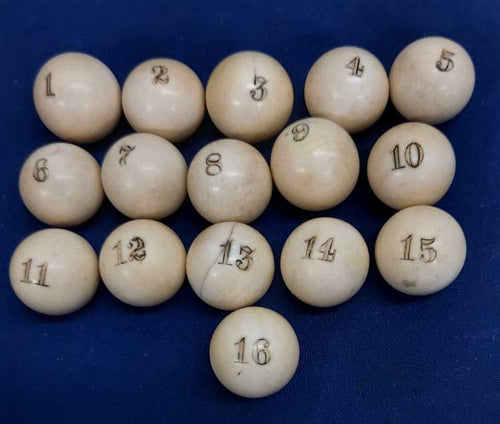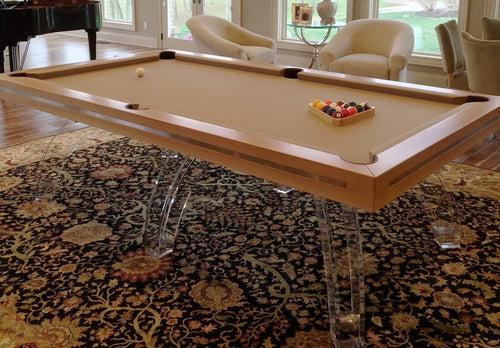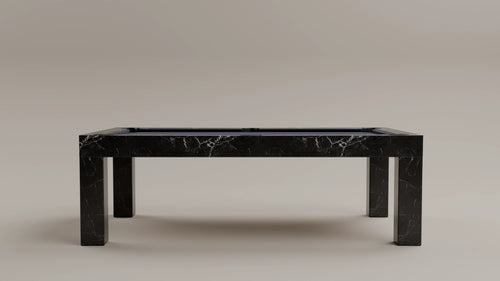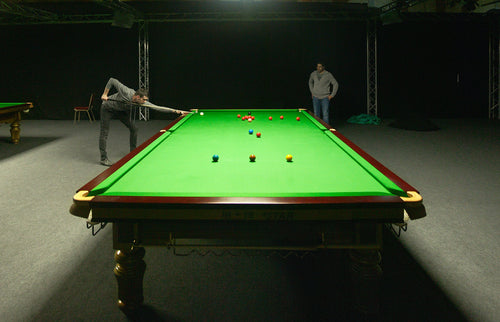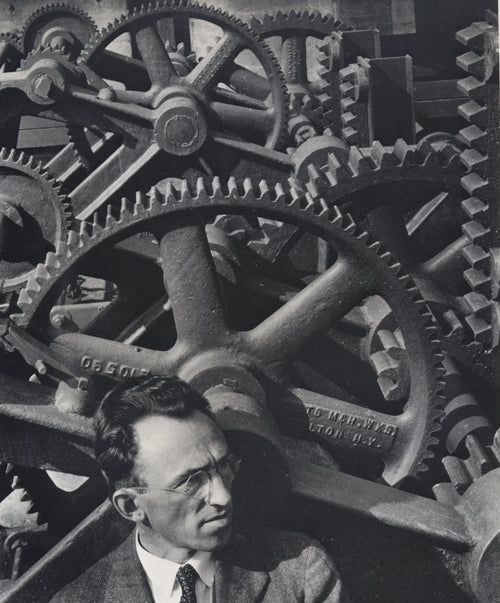Enjoy our modern designs
Estimated Read Time: 6 mins |
How one man transformed American taste—bringing Arts and Crafts ideals to life through furniture, architecture, and The Craftsman magazine.
Gustav Stickley (1858–1942) is widely recognized as the leading figure behind the Craftsman movement in America, which served as the United States’ answer to Britain’s Arts and Crafts movement. Drawing on the philosophy of John Ruskin and William Morris, Stickley championed a design ethos centered on simplicity, craftsmanship, and honesty in materials.
Influence and Inspiration
Stickley’s design philosophy was shaped directly by the writings of Ruskin and Morris, key figures in the British Arts and Crafts movement. In 1898, he traveled to England to observe Arts and Crafts production firsthand and visited Siegfried Bing’s Art Nouveau shop in Paris. These experiences exposed him to the work of influential designers like Philip Webb and C.F.A. Voysey, which left a clear mark on his later work.
Design Philosophy and Craftsmanship
Stickley initially sold historical furniture reproductions, but soon transitioned to creating his own designs rooted in Arts and Crafts ideals. His signature furniture style featured:
- Massive, solid forms built primarily from solid oak
- Use of visible joinery, showcasing handcraft
- Iron hardware and leather cushions
- Minimal or no ornamentation, aside from what arose naturally from construction
- A distinctive "Golden Oak" finish, created through a process called fuming
- Occasional decorative flourishes during his brief collaboration with Harvey Ellis, introducing lighter, more lyrical touches reminiscent of Voysey
This body of work became commonly known as Mission style, though the name was more of a marketing label than a precise historical reference.
The Craftsman Magazine and Architectural Vision
In 1901, Stickley launched The Craftsman, a monthly magazine that promoted his ideals and became a major platform for the American Arts and Crafts philosophy. It featured:
- Architectural plans for Craftsman houses
- Essays on social reform, women’s rights, and labor issues
- Artwork, poetry, and fiction
- Contributions from British figures like Voysey
- Advertisements for handmade goods from other craft-oriented firms
The magazine not only shaped public taste but also offered a holistic lifestyle built around Stickley’s vision.
Commercial Impact and Legacy
Stickley’s success spurred a wave of imitators, and the Craftsman aesthetic gained popularity as a reaction against the ornate excesses of Victorian design. He established a strong presence in New York with offices, showrooms, and a factory.
However, he eventually faced competition from his brothers, Leopold and John George Stickley, who created similar Mission-style furniture. After World War I, interest in Stickley’s aesthetic waned as Americans returned to revived historical styles. Still, the impact of the Craftsman movement endured, influencing American design into the 1930s and shaping the bungalow movement and suburban architectural trends.
Conclusion
Gustav Stickley played a pivotal role in bringing Arts and Crafts principles to an American audience. He moved beyond decorative nostalgia, emphasizing integrity in construction, functional design, and handcrafted beauty. Through his furniture, magazine, and architectural vision, Stickley helped establish a uniquely American design movement—one that rejected Victorian opulence in favor of simplicity, utility, and honesty, leaving a legacy that continues to resonate in design circles today.











